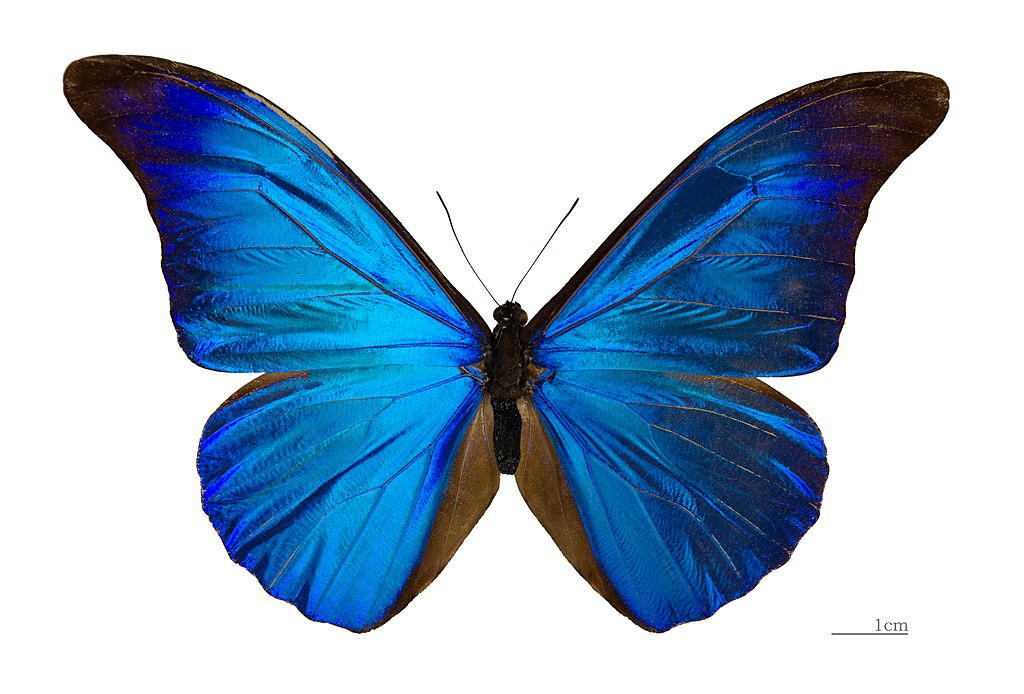Birdy, if you're in touch with people seeking IDs for insects in North America, then
this website is a valuable resource to share with those people. Covers all insect Orders with distribution maps where the data is known.
If those people are trying to track down moth IDs, then point them
here. This site covers almost all the 'Hodges numbers' - these are the numbers assigned to moth species in North America by the experts, as listed in the Hodges Catalogue. That site has images of both set specimens and living specimens, and distribution maps.
Want to track down a butterfly in North America?
This website will come in handy, as will
this website, which covers both butterflies and moths on a state by state basis.
If your friends have trouble tracking down their species of interest even with those websites available, then they're probably found something that requires expert attention. Basically, whilst butterflies and moths are among the friendlier insects from an ID standpoint, with many identifiable by visual inspection of the colour pattern alone, be aware that even among these insects, there are troublesome species that can
only be identified conclusively by dissection. The situation becomes a
lot worse if you move into beetles, ants, caddis flies, and various 'minor Orders' such as the Psyllids, where you're dealing with organisms that are
frequently identifiable only by dissection. There are visually identifiable species, of course, but when you move into more specialist insect groupings, they're very definitely in the minority.
The "gold standard" for insect identification, is, of course, genital dissection. The reason this has become the "gold standard", is because entomologists made an interesting discovery in the early history of the discipline. Namely, that the chitinous parts of insect genitalia are frequently as valuable for identification, as fingerprints have been to the forensic scientist. Of course, to make use of this technique, one has to immerse oneself in the minutiae of insect genital anatomy, which is a lifetime's study in its own right, but thanks to those who have gone before and exerted decades of diligent labour on the matter, the data available is now voluminous, at least for the major Orders. The Lepidoptera in particular has been subject to intensive study in this regard, courtesy of the fact that Lepidoptera genitalia happen to be some of the most morphologically diverse among the insects, with only the Fleas exhibiting greater diversity. Indeed, the Rabbit Flea is regarded as having possibly the most complex genitalia known to science, the male genitalia in particular boasting a positively rococo array of attachments that make the parts look like a Swiss Army knife under the microscope, but there are Lepidoptera genitalia boasting some impressive looking adornments too.
Basically, if you peruse the literature, and you see the legend "gen. det." associated with a specimen, said specimen has been identified conclusively using genital dissection, and the better quality handbooks on various insect groupings will usually annotate a species entry with "gen. det. required" if said dissection is the
only way to identify the species in question properly.
A similar situation applies to spiders - the usual method of choice is examination of the morphology of the male palp (used in reproduction) or the female epigyne. Which is one of the reasons why spiders tend to be a specialised field of study, especially in locations where the fauna has dozens, if not hundreds, of similar looking species that can
only be separated out by such methods. Modern arachnology has now reached the point where descriptions of newly discovered species are accompanied by scanning electron micrographs of the parts in question - I suspect the typical amateur naturalist won't have access to this level of sophistication, but it's an indication of the level of precision that now applies in invertebrate zoology. Indeed, some researchers are looking into the possibility of CT scanning temporarily anaesthetised insects, so that a 3D model of the genitalia can be obtained without requiring the specimen to be dead. The vision for the future in entomology and other branches of invertebrate zoology, is to have a portable piece of kit to perform this operation in the field - our very own version of the
Star Trek tricorder - but that's a
long way off becoming reality at the moment, and current CT scanners tend not to be cheap. You're looking at about £10 million for a good quality one at the moment, and that buys you about 40 tons of hardware - only "portable" if you mount it inside a decent sized ship.

Basically, point your friends from that FB group at this post, and this should alert them to the fun and games that await them in the world of insect identification.





